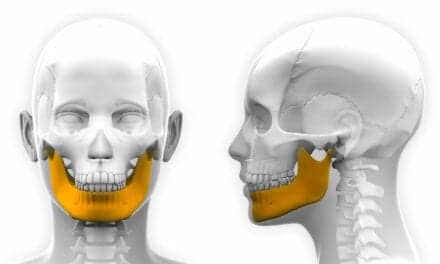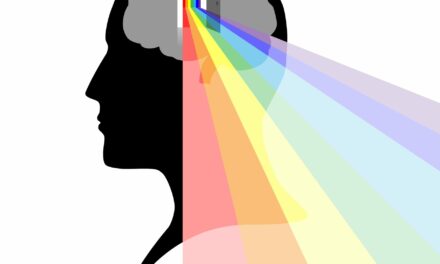Health software platform Somnoware has launched a new home sleep testing (HST) device shipment module. Using this new capability, healthcare providers can now ship HST devices to patients, track shipping progress, and retrieve devices after the test conveniently from one interface. The module is enabled through direct interoperability between the Somnoware platform and various shipping carriers including United Parcel Service (UPS), FedEx, and United States Postal Service (USPS). Using this module, sleep centers can significantly reduce the amount of time spent managing shipping and inventory of HST devices, according to Somnoware. Primary care physicians (PCP), cardiology clinics, and other entities who use home sleep testing can also leverage this capability to achieve significant reductions in the cost of care.
The company’s platform is used by hundreds of healthcare systems including Kaiser Permanente, Atrium Health, Advocate, Northshore, Sleep Specialists, and Emerald.
With the HST device shipment module, healthcare providers can get alerts if the device is not received at the expected time. On return, data from the home sleep test is uploaded to the Somnoware cloud and made available to the physician as soon as the device is connected to a computer. Physicians can then interpret the test and place titration study or therapy orders from within Somnoware. Efficient shipping and device inventory management are important elements of the diagnostic workflow.
“We were able to develop this module in just two weeks because shipping companies are thought leaders. They make their application programming interfaces (API) freely available to drive greater interoperability,” says Subath Kamalasan, CEO of Somnoware, in a release. “Unfortunately, many vendors within the healthcare industry are not pursuing interoperability that actively, impacting patient care and costing the industry $30 billion a year.” [He cites “The Value Of Medical Device Interoperability: Improving patient care with more than $30 billion in annual health care savings”, West Health Institute, March 2013.]





